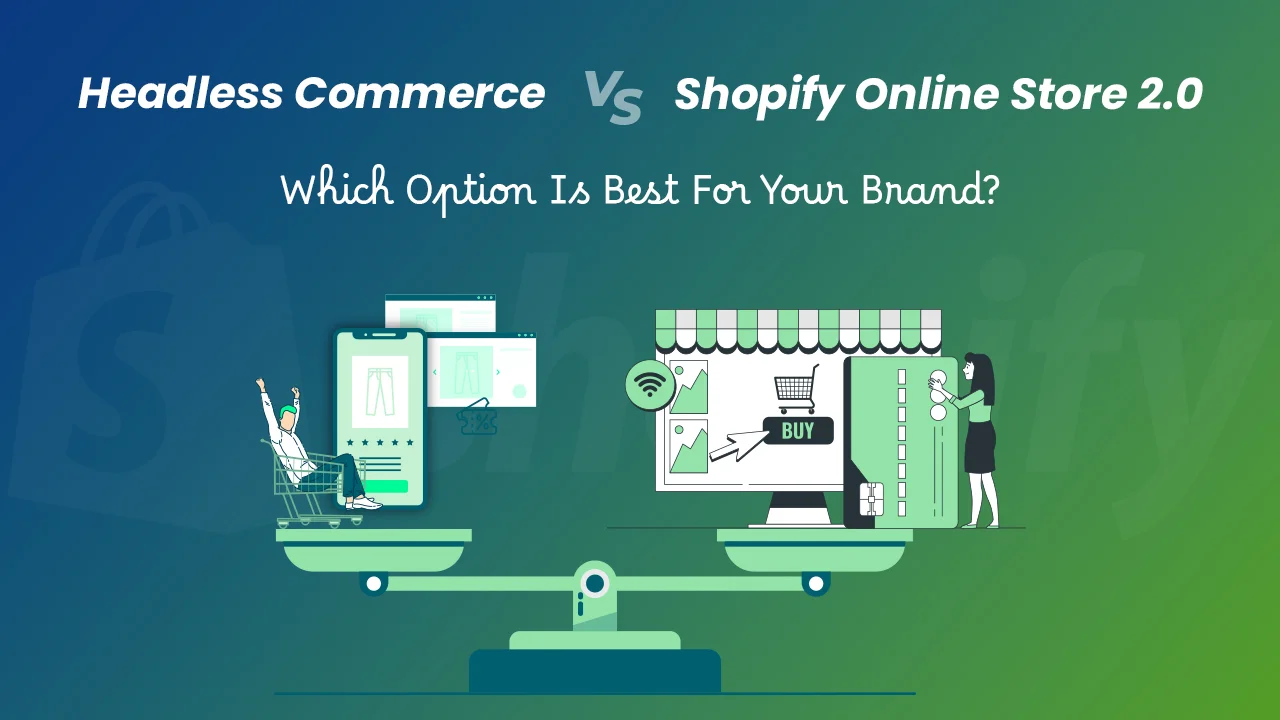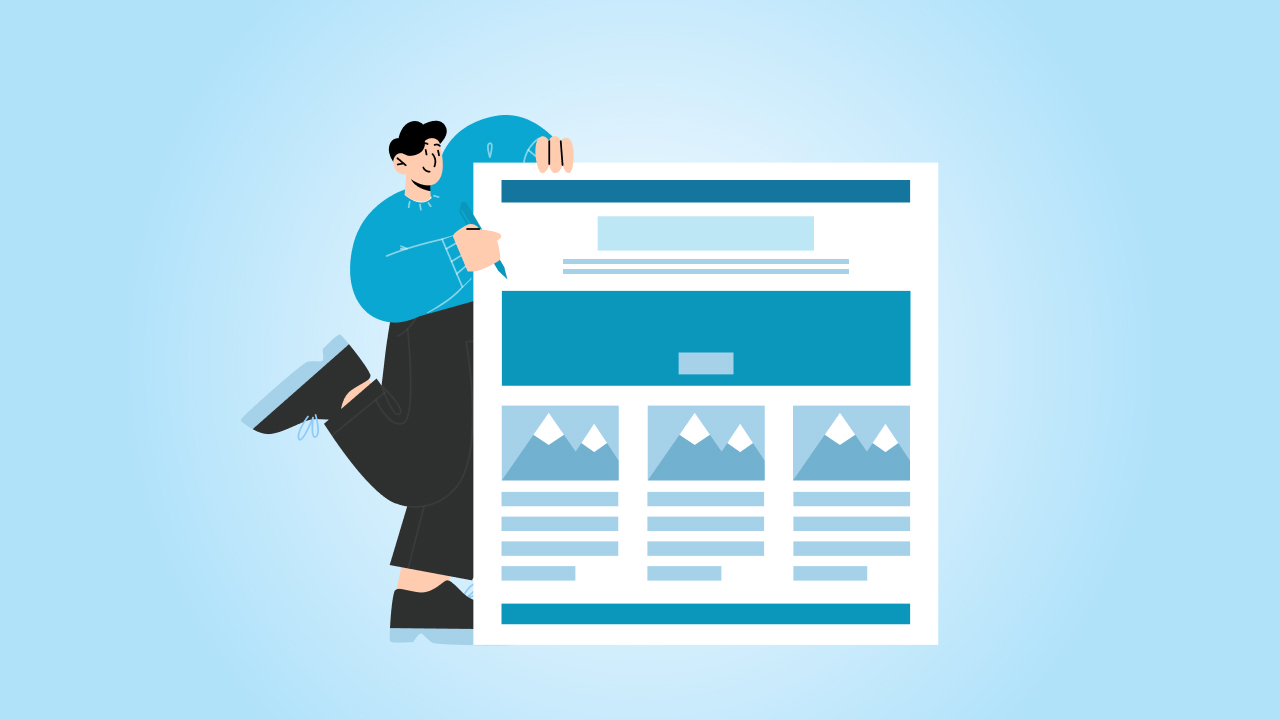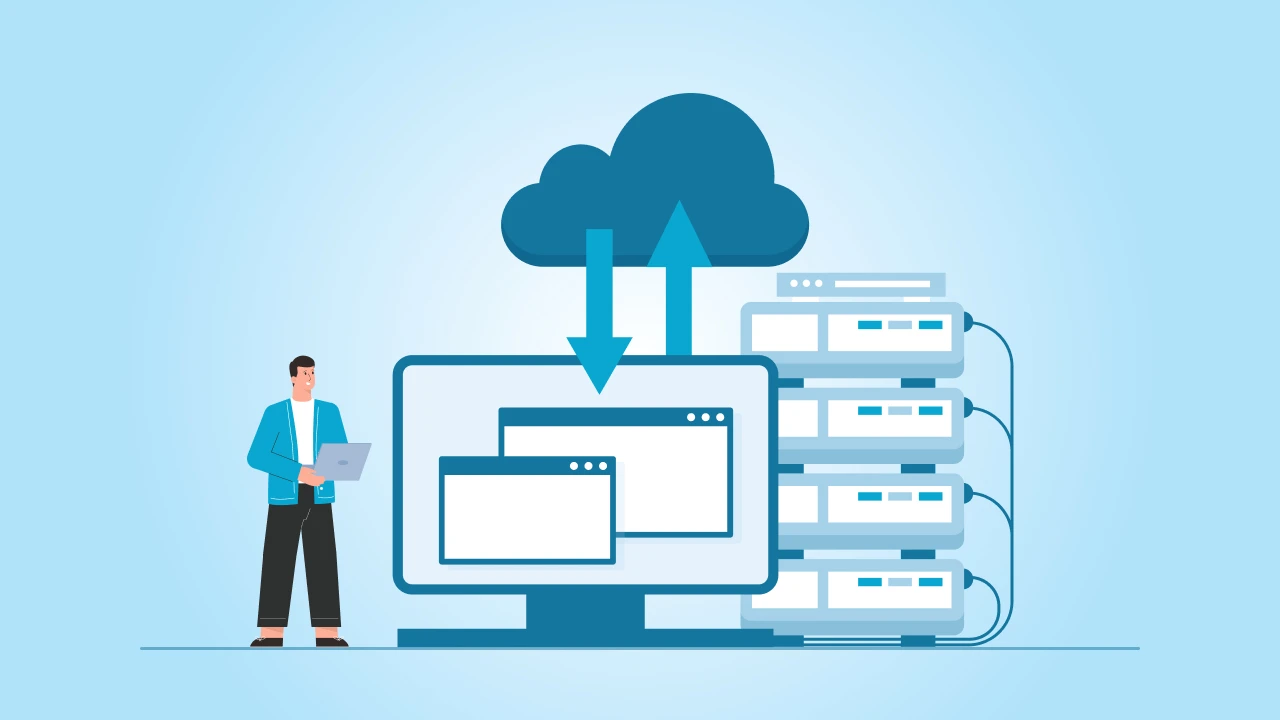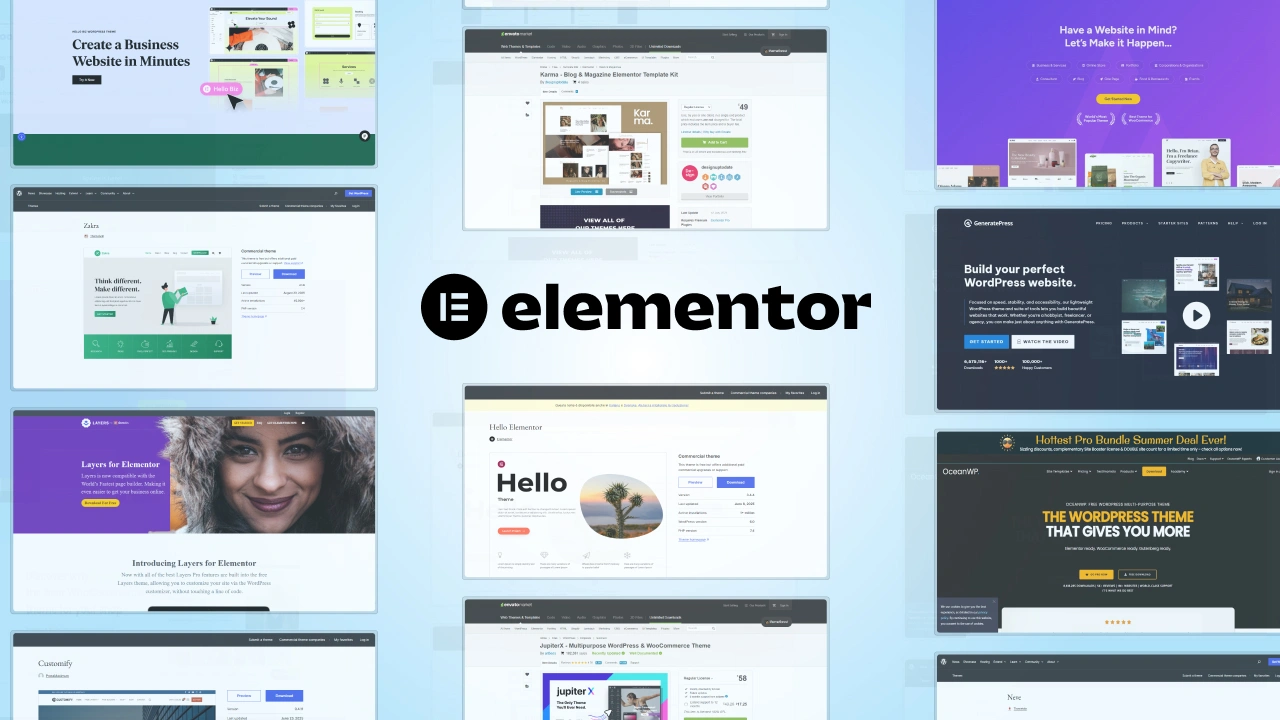Does your eCommerce store underperform despite your best efforts? It’s time for a new, fresh approach.
Consider “Shopify Online Store 2.0” or the trendy “headless” route that separates your site’s front and back ends.
While Headless is gaining increasing popularity, it’s not suitable for everyone. Perhaps, you have already tried it but faced costly issues due to how it was set up.
Both OS 2.0 and Hydrogen (headless) are designed to streamline eCommerce processes, making it incredibly easier for brands to succeed.
But which option to choose: headless or Shopify Online Store 2.0?
This article will walk you through the two options, help you identify your constraints and priorities, and weigh the potential pros and cons to help you make informed decisions.
Different Types Of PaaS Flavors To Choose From
If you are opting for Shopify or seeking to upgrade your existing Shopify site, you can either go for customization with Shopify OS 2.0 or go Headless.
Let’s find out more about each.
Shopify OS 2.0
Shopify Online Store 2.0 is Shopify’s latest flagship eCommerce platform that help brands take their e-commerce stores to new heights with extensive customizable settings.
This platform helps you create personalized eCommerce experiences with exciting new features and improvements. One of these features include easy-to-use themes that come with drag and drop modules.
This means that merchants are no longer limited to the features provided by Shopify. With Shopify 2.0 and its customization features, they can easily integrate third-party services and APIs too.
Not only that, but it also enables adding or removing apps from your storefront a breeze.
Shopify Hydrogen
Shopify Hydrogen is the company’s new entrant in Headless Commerce where it enables businesses to take complete control of their customer-facing website. It’s a system and toolkit that developers can utilize to create efficient, budget-friendly, and quick-to-build headless storefronts, particularly useful for merchants who already use Shopify.
With Hydrogen, you can build more engaging and personal shopping experiences for customers without sacrificing performance or speed.
Also, it’s separate from Shopify OS 2.0 and operates on a distinct framework (React instead of Liquid).
Headless Third-Party Platform
Besides Hydrogen, various other solutions work seamlessly with Shopify and offer similar functions and features.
Some of these platforms provide added benefits, such as front-end systems that make it easier for marketing and eCommerce teams to handle the headless storefronts in a more user-friendly way.
Hybrid Approach (Hydrogen + Third-Party Headless Platform)
One great thing about going headless is how flexible it is. This means brands can personalize their tech tools.
For instance, if a brand is already using a web framework like Remix or Hydrogen, they have the option to run Hydrogen in any setup alongside a third-party CMS or even within a platform like Pack.
Tip: Instead of making an all-or-nothing decision about going headless, you can switch to Hydrogen step-by-step. For instance, you can start with things like collections, product detail pages (PDPs), or special features like product comparison.
Headless Vs. Shopify OS 2.0: The Pros & Cons

Shopify OS 2.0
eCommerce merchants and brands can stick to Shopify 1.0; however, many are migrating to Online Store 2.0 for its various features, including customization and new theme options.
Without further ado, here are a few advantages and disadvantages of Shopify OS 2.0 you should consider before choosing it:
Pros
• Low upfront costs
• Simple for non-tech users to navigate and control the store
• Seamlessly extends features through apps
• Integrate theme-based updates effortlessly
• Enjoy fewer tech problems due to regular platform updates
Cons
• Limited control over the tech stack
• Lower performance and less ability to manage speed
• Little flexibility to enhance code and website for SEO and strong performance scores using Google Lighthouse suggestions
• Reliance on third-party integrations/apps for intricate or highly-personalized experiences (leading to potential site slowdowns)
Headless
Believe it or not, over 60% of eCommerce retailers plan to go headless. Like them, you may want to take your eCommerce Shopify store headless.
Here are some benefits and challenges of going headless with Shopify:
• More tech stack options
• More freedom for developers to use various languages and tools for building
• Enhanced ability to incorporate preferred tools and features
• Improved modular component systems
• Superior site performance
• Advanced optimization for SEO and Google Lighthouse performance rankings
• Greater URL structure control
Cons
• Increased tech stack options may raise the risk of suboptimal choices
• Requires more upfront development
• Longer integration time for third-party integrations within the headless framework via APIs (as compared to app installation)
• Less intuitive for non-tech users to manage storefronts
• Lacks continuous platform updates like Shopify (baring Checkout)
• No native “Shopify server-side tracking functionality” unless utilizing Shopify Hydrogen
• Support is essential to ensure ongoing API compliance (Shopify undergoes four API updates per year, some necessitating code adjustments for site functionality)
Identify Your Priorities

Create a stunning, personalized, and speedy website for exceptional customer experiences and improved conversion rates using either Shopify OS 2.0 or a headless setup.
Make sure to take into account several factors before deciding. Go through the checklist below to assess your goals, preferences, and limitations, and choose the option with more checks.
This will help you figure out which approach is a better fit for your business.
| Shopify OS 2.0 | Headless |
|---|---|
| Lower cost | Emphasizing page speed and performance above all |
| Quicker launch time | Omnichannel strategy |
| User-friendly for non-tech users in storefront management | Complex, personalized pages & customer experiences |
| Effortless and swift feature extension via apps | Strong tech stack preferences/requirements |
Talk To Your Agency
Now that you’re well-versed in your options and have done some initial thinking, it’s time to dive deeper.
Make sure you understand your challenges (like slow site speed, high maintenance expenses, or headless implementation issues) and assess how each approach benefits your business.
If you’re launching a new Shopify store or brand, opt for OS 2.0 – it’s user-friendly and quicker to build.
However, for greater flexibility in in-app integrations and using different content management systems, Hydrogen can be a perfect fit. It also works best if you want to push past Shopify’s theme framework and CMS limitations.
Looking to hire a reliable Shopify Developer or Shopify development services to help scale your Shopify eCommerce store? Look no further than cmsMinds!
We’re a go-to Shopify plus agency that helps brands become successful eCommerce retailers and improve existing eCommerce retailer performances.
Whether a Shopify OS 2.0, third-party platform, hybrid, or Shopify Hydrogen, we can help you pick a platform that best works for your business.





